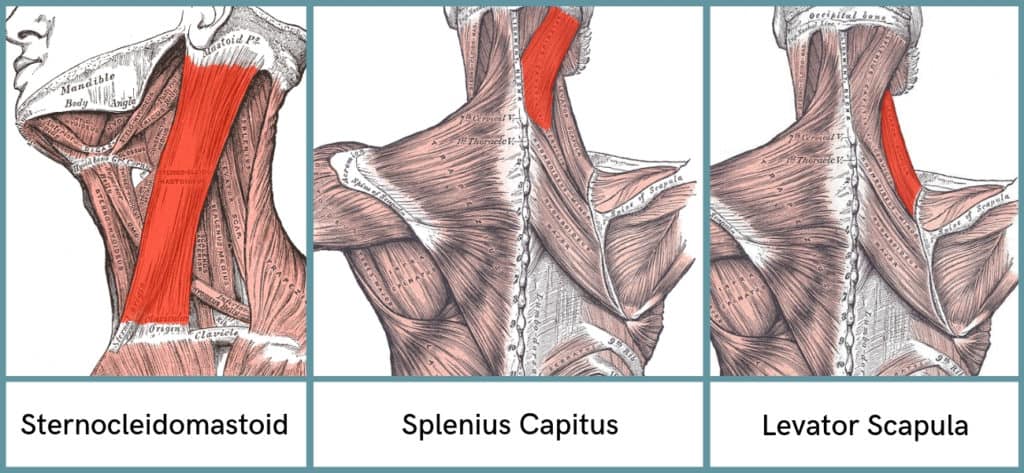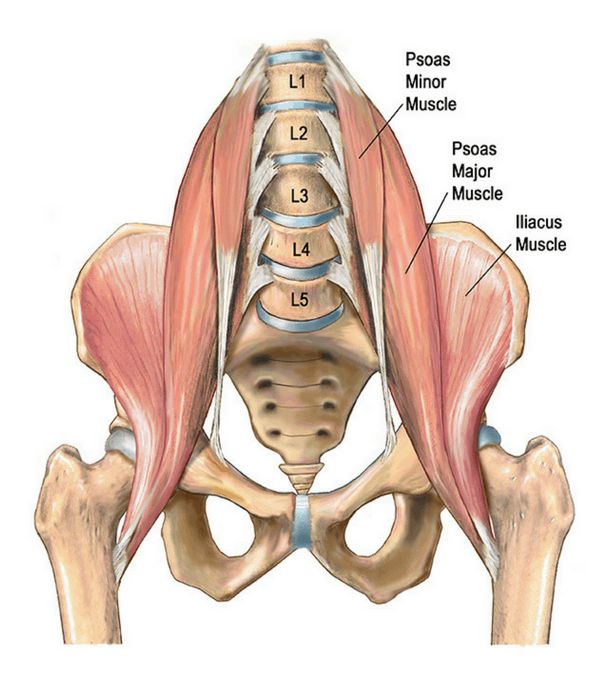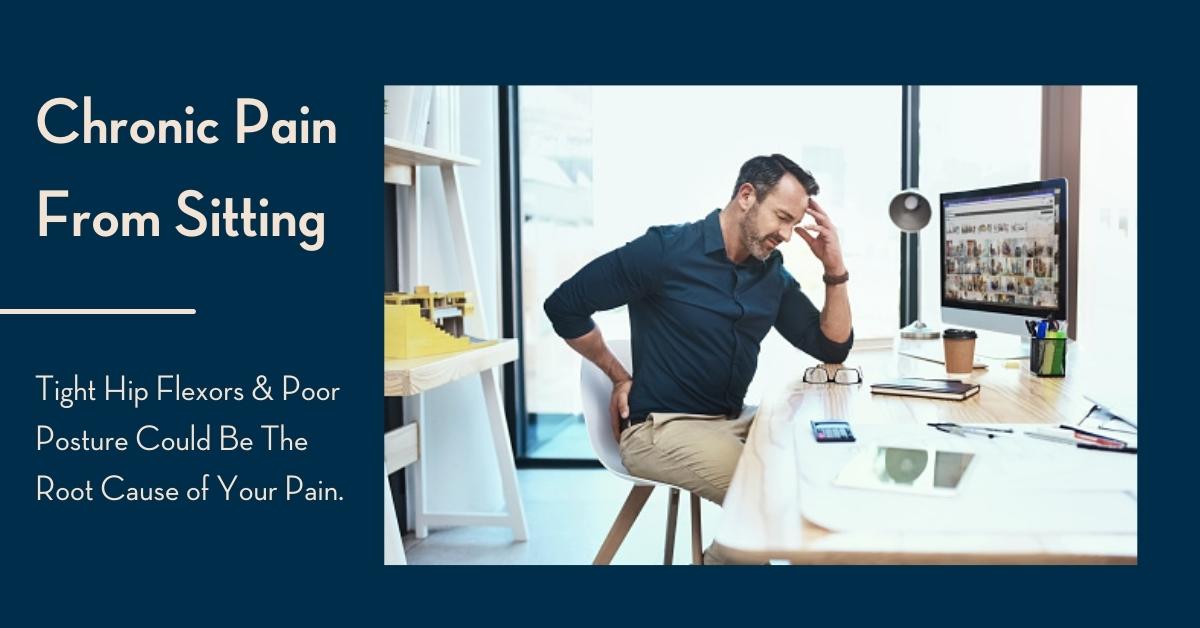Living in Pain? Hip Flexors Play a Huge Role in your Posture & Could be the Root of your Discomfort.

David Weintraub, dives into one of the most common root causes of your constant pain. There’s a good chance it has to do with your hip flexors.
What is the most common pain issue you see in clients?
One of the most common pain issues we see in clients is probably neck and shoulder pain. This is often from improper sitting posture in front of a computer at work, and looking down at their phones. A close runner-up is probably lower back pain often caused by tight hip flexors (among other things), also from spending too much time sitting down in chairs. As it turns out, both are usually interrelated and stem from the same sources and imbalances. On some clients it shows up as low back pain, on others, neck and shoulder pain.
How do you work to correct these issues?
We find it useful to ask ourselves, “where are the causes of these problems?” Often with the neck and shoulder pain that we see that it is the result of poor posture, with the client’s head pulled forward by tight hip flexors and abdominal muscles. This causes the body to engage less efficient muscles to hold up the weight of the skull.
Normally, the head is held in place by a sling formed by the Sternocleidomastoid muscles and the Splenius Capitus muscle. When the head is pulled forward, the body inefficiently recruits the help of the much weaker Levator Scapula muscle. This muscle runs from the superior angle (upper inside corner) of the shoulder blade to the lateral processes of the neck vertebrae. Correct posture uses stronger muscles anchored on the spine and the skull, which is very stable. With head forward posture, the body is using a muscle anchored on one of the most mobile bones in the body to assist. It’s certainly not very stable. No wonder so many people experience neck pain! And often the lower attachment of levator screams at you too…(if this is you, let us know in the comments!)
Don’t know what all those anatomy terms mean? See images below 👇

We focus on giving the front of the neck some slack by working lower on the body then up towards the neck. First, we’ll release the muscles on the front of the legs and the hip flexors. We’ll then lengthen the vertical abdominal muscles before we release the muscles on the front of the neck. We find that if we don’t do all that prep work first, the gains that a client walks away with won’t be as transformative & lasting. They will have a harder time changing their postural habits.
For homework, we’ll often tell my neck-and-shoulder pain clients to stretch their quads and their abdominal muscles. This gives your hip flexors a break from their contracted position. Dynamic stretching for shoulders can also be a huge help. Pigeon pose and cobra pose in yoga are perfect for keeping the lower anterior myofascial lines long and limber. A combination of dynamic and static stretching, within the limits of one’s mobility, is good for preventing further pain.
Do you have a favorite area to work on? What do you like about it?

One of our favorite area to work on is the hips. Improper orientation of one’s pelvis can create so many problems! We find that releasing the muscles around the hip joints (like hip flexors), and between the pelvis & lower back can provide tons of relief. Since the pelvis is our center of gravity, teaching someone to shift how they stand to reduce their pain, can go a seriously long way. It’s the start of them living a pain-free life. If we’re being honest, we would rather someone have so much success that we never see them again (unless they just want a great maintenance massage)!
Here’s a quick video on how to relax your psoas muscles which will help a bunch with hip flexor tightness:
View this post on Instagram
Do you have a favorite massage therapy success story?
One of our favorite success stories is from a client who came to see us with major migraines. When we did a medical intake for the first time, she had a long list of falls that had jolted her shoulders and her neck. As a result, the muscles in her neck & the back of her skull were prone to spasming pretty frequently, causing lots of debilitating headaches.
Migraines are a special fascination of ours. Migraines are a result of really complex causes and conditions. Fortunately, with a program of regular, focused massage therapy much of the symptoms can be greatly reduced. After working with this client for about six months, she went from having barely any pain-free days, to having only one migraine a month! After a year, she had a migraine every two months & was starting to get back into working out and exercising. Her quality of life has vastly improved, and now when she comes in, we see a radical difference. Before, she was miserable. Now she has a smile on her face. And that’s the kind of story that makes us love this job.
Further Reading
- Can massage therapy help with low back pain in the long term?
- 5 Reasons to Make Massage Your Monthly Routine
- Neck Pain Relief: How we assess the root causes and get you the best results
- Senior LMT, Michael Terra Discusses Tightness in Your Chest & How it’s Affecting Your Back
- Senior LMT, Omer Unluata talks about “Text Neck”
- Medical Deep Tissue Massage Therapy Treatment


Ah, instant relief! Have been looking for something to relax that region, and I could tell the moment I tried this it was freeing up what needed freeing up, Thank you.
Is there any reason this couldn’t be done multiple times a day? ANd for longer than 8 minutes?
Hey Nick! Thanks, it’s totally one of our favorites 🙂 You could absolutely do this multiple times a day and for longer than 8 minutes. For most people, longer than 15 can start causing the low back to seize up when trying to get out of the position, but for others 20 mins feels great. Feel free to experiment 🙂